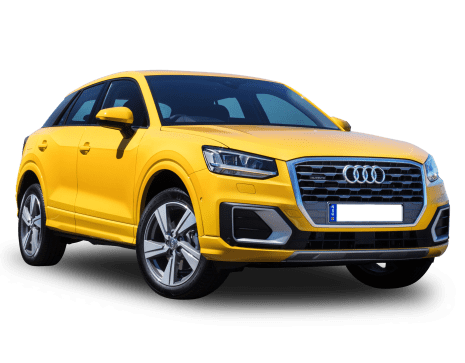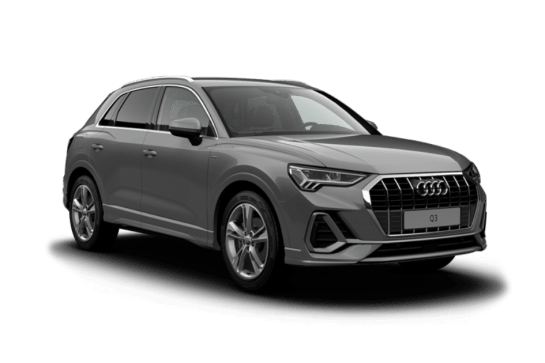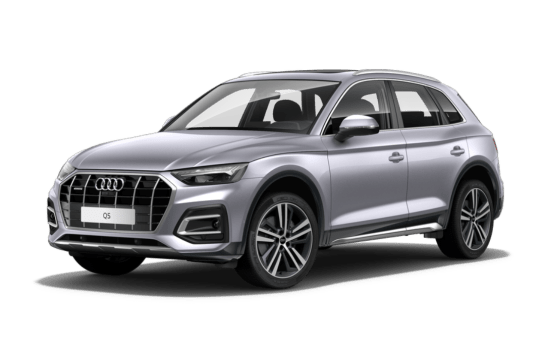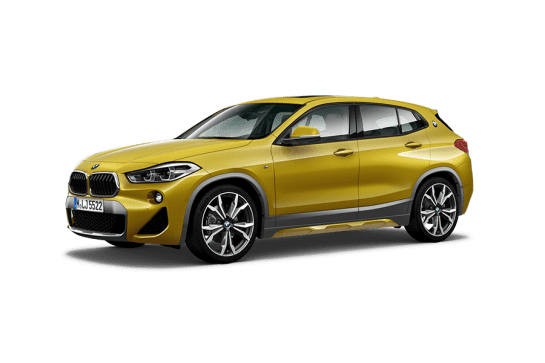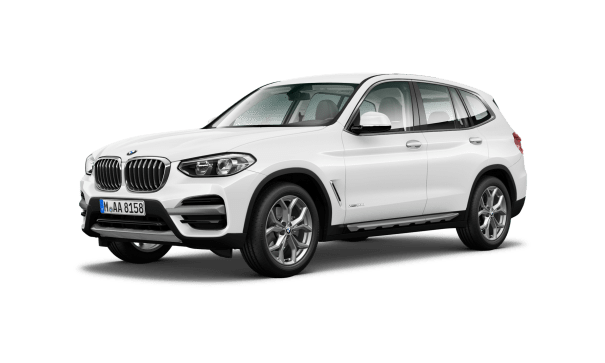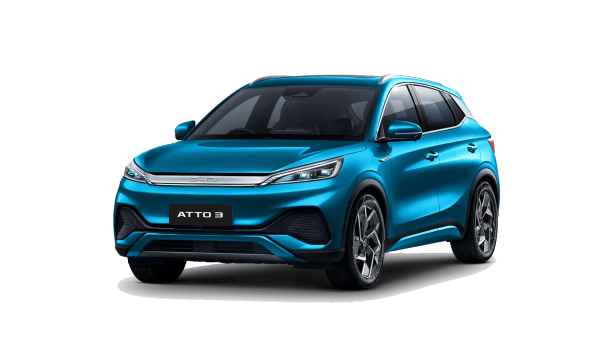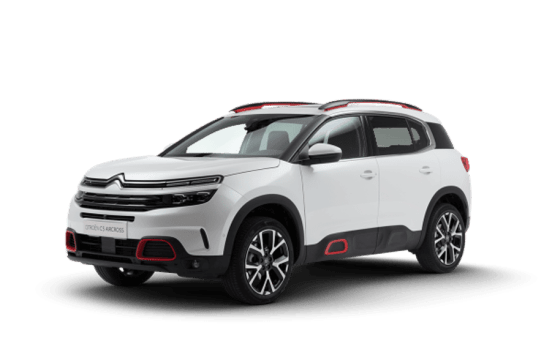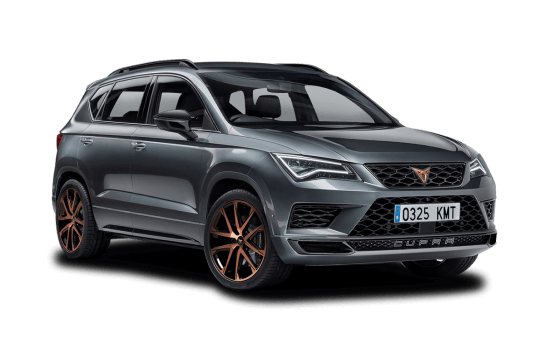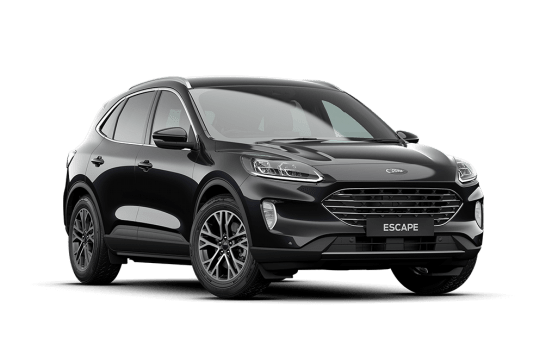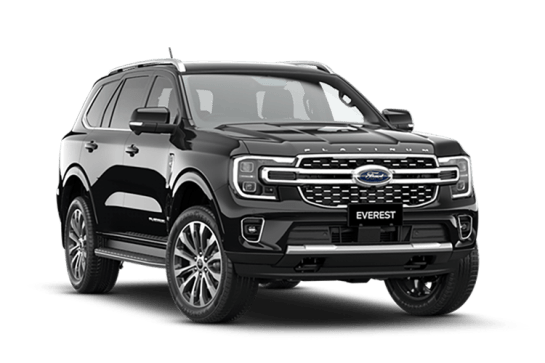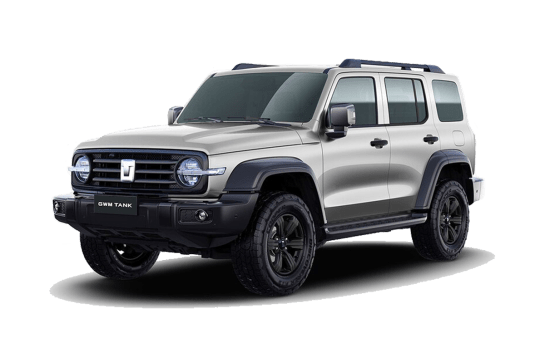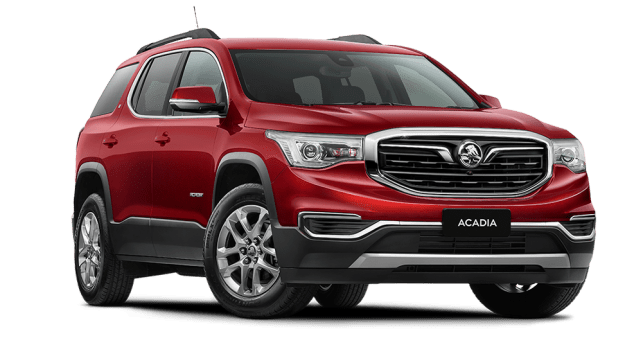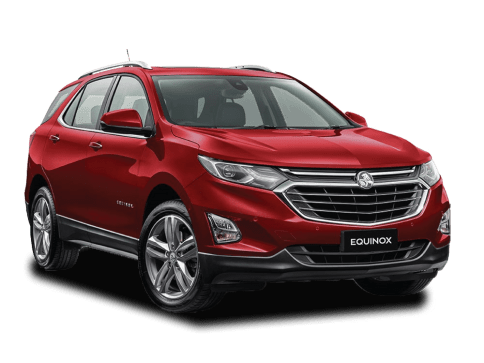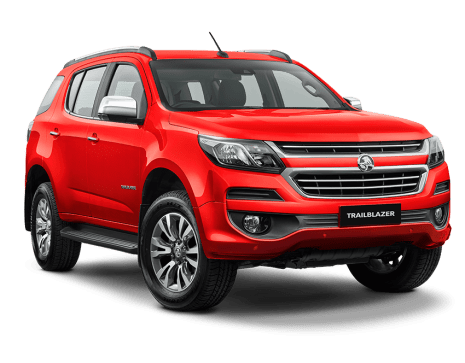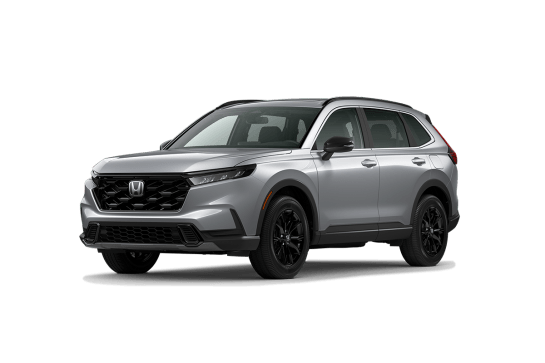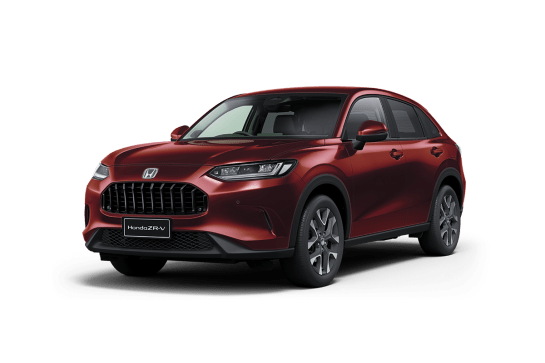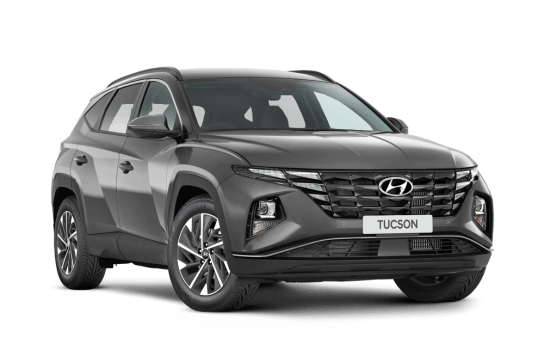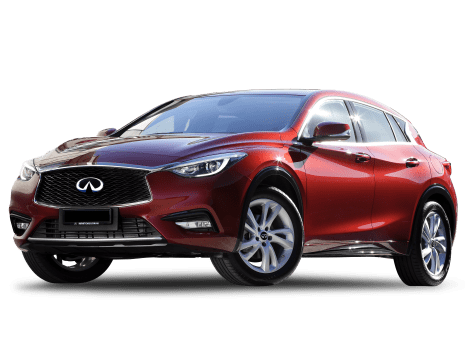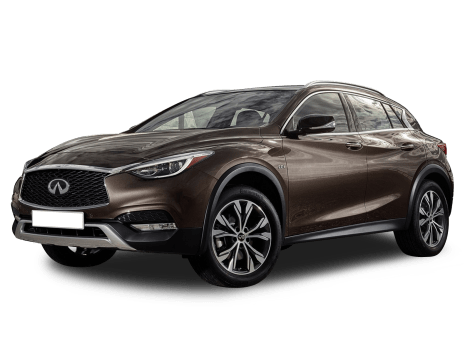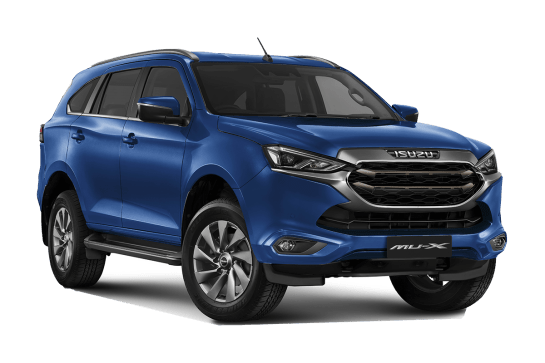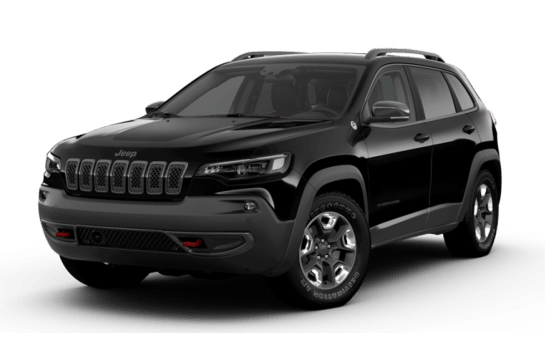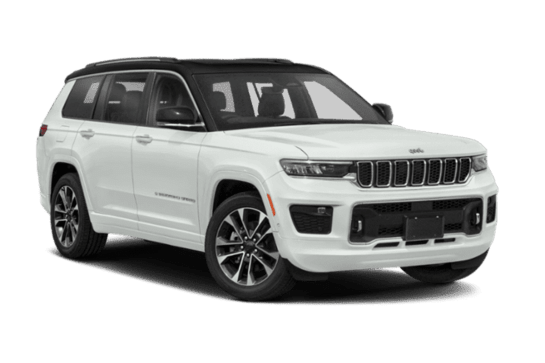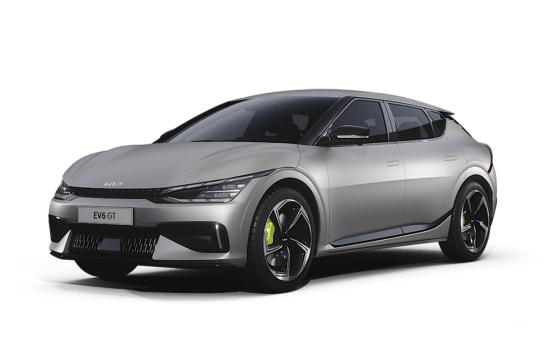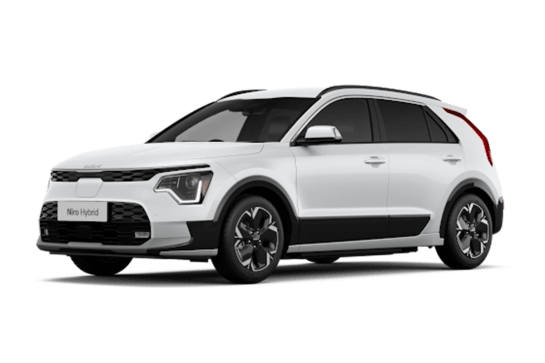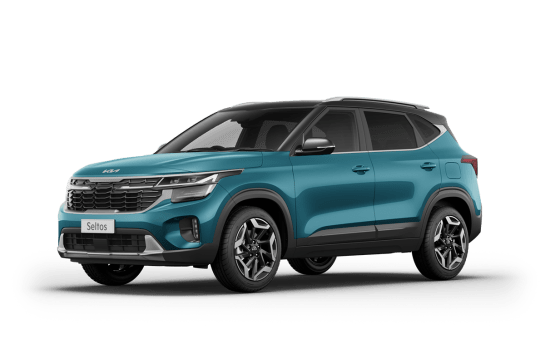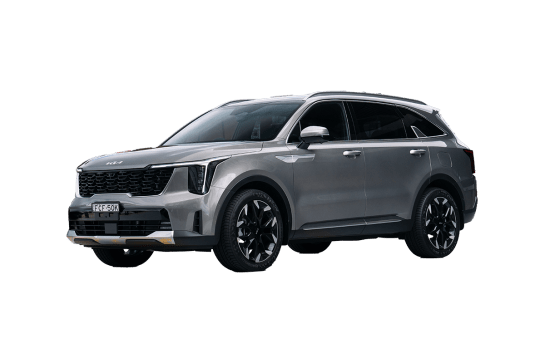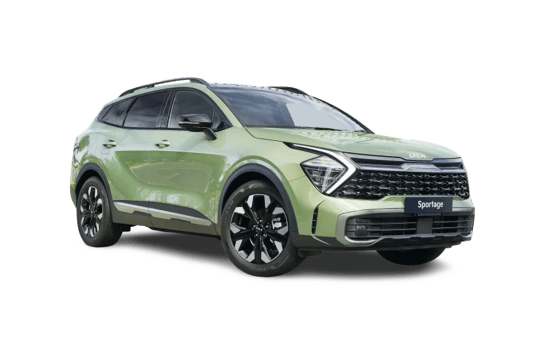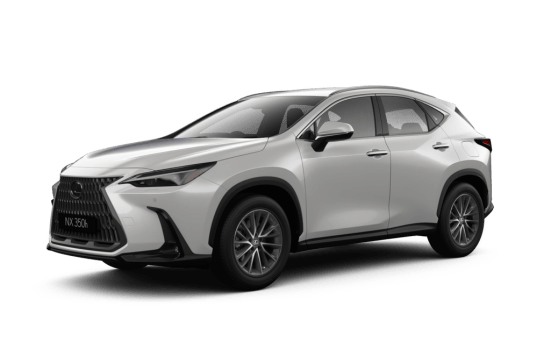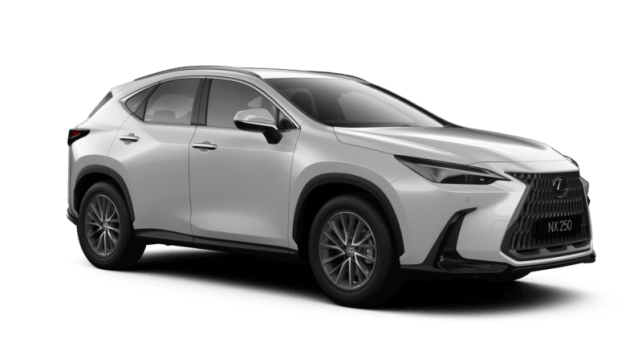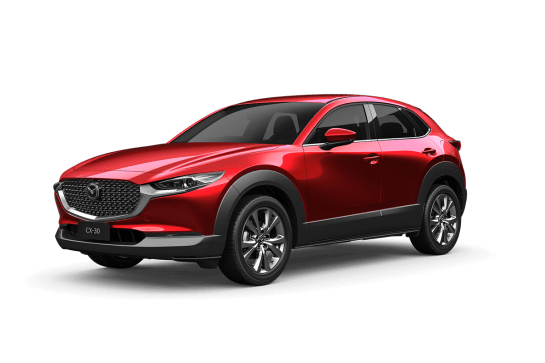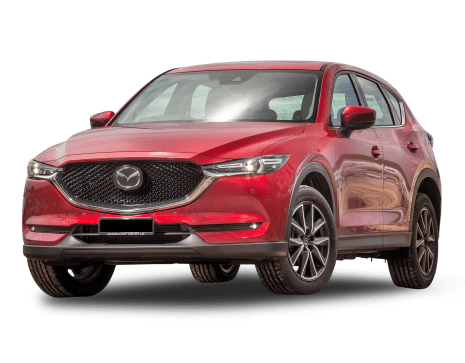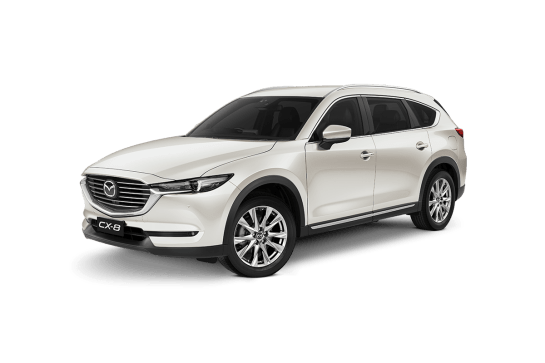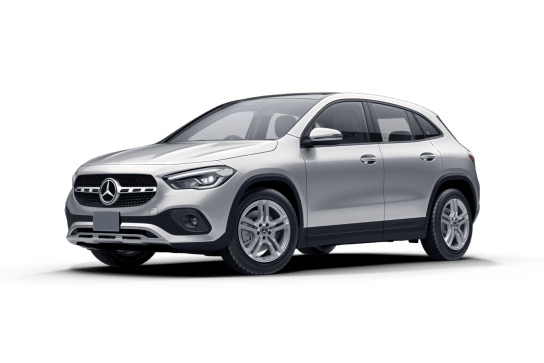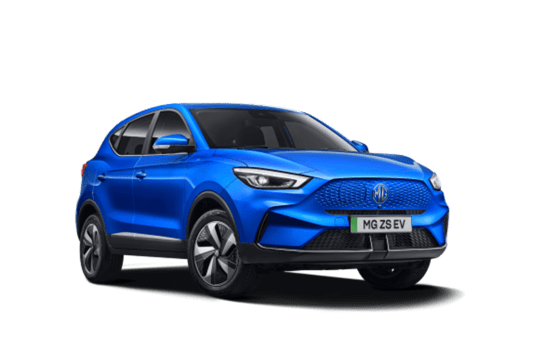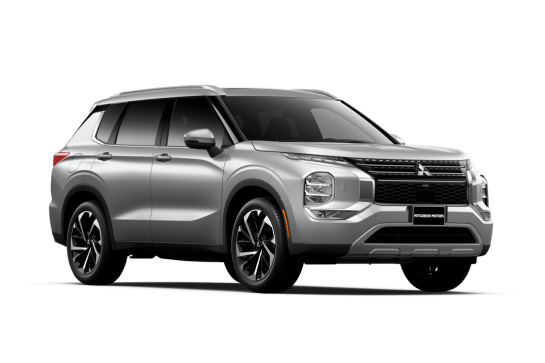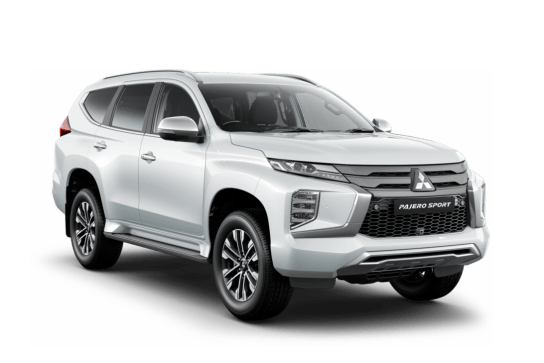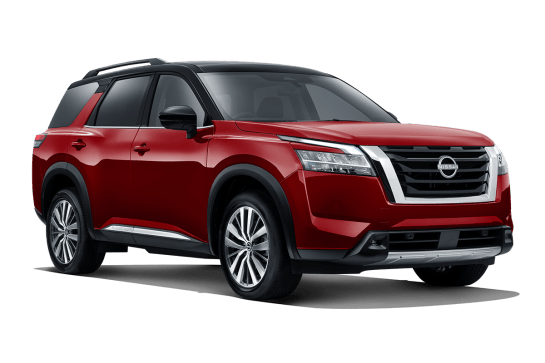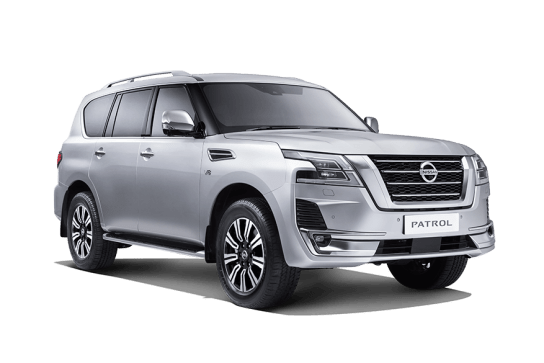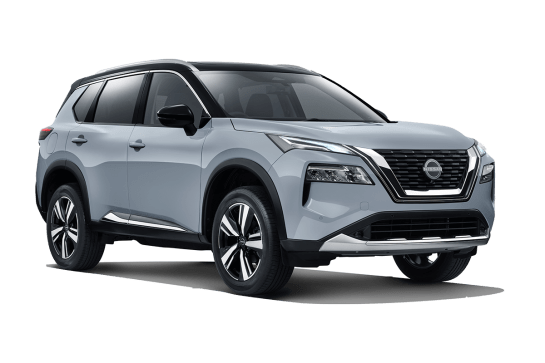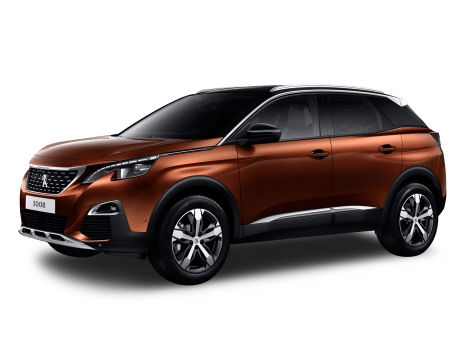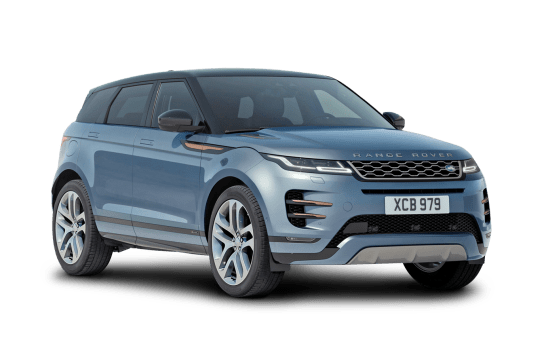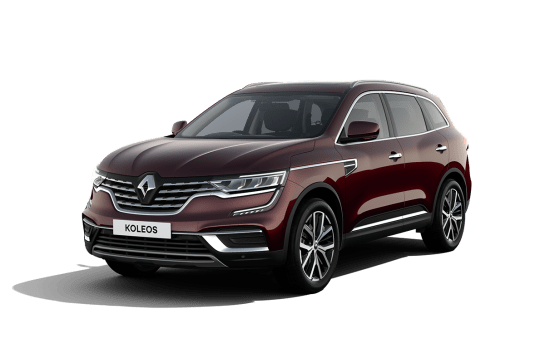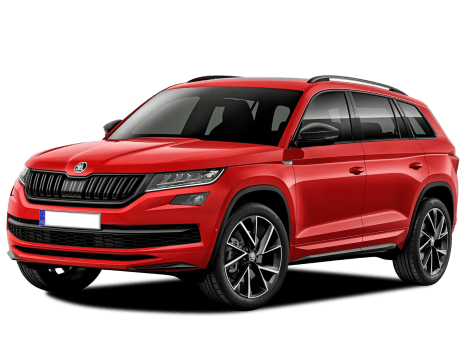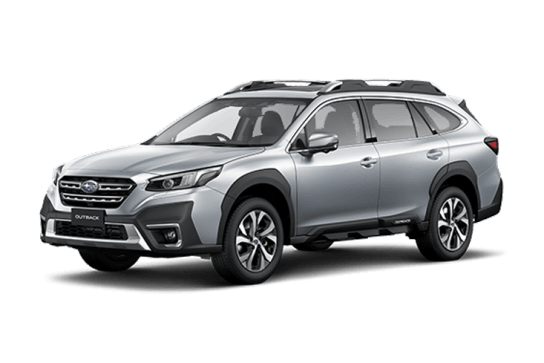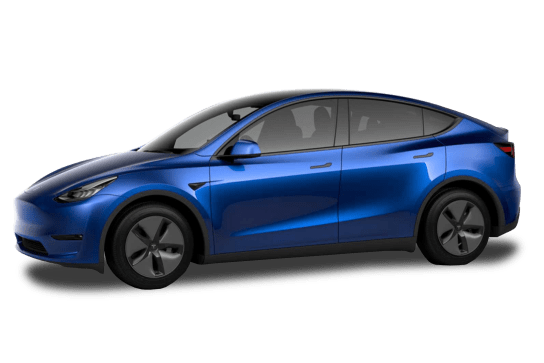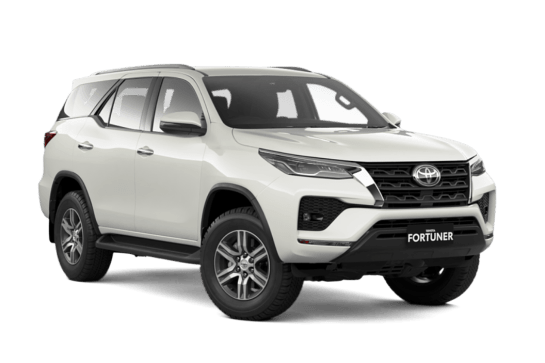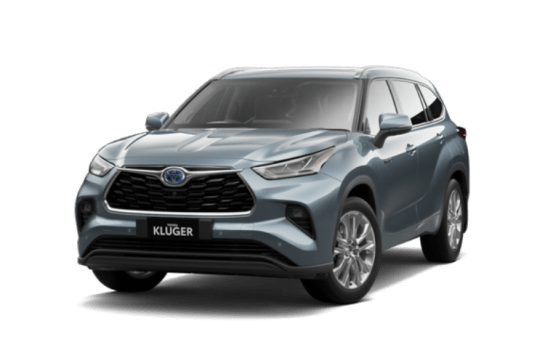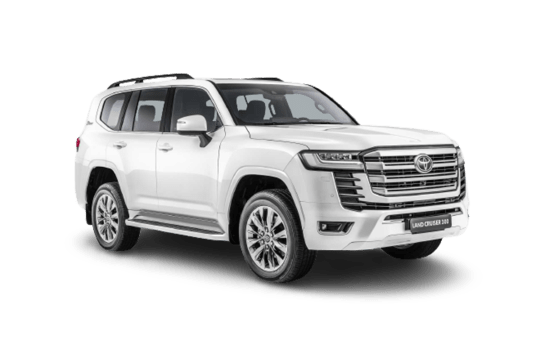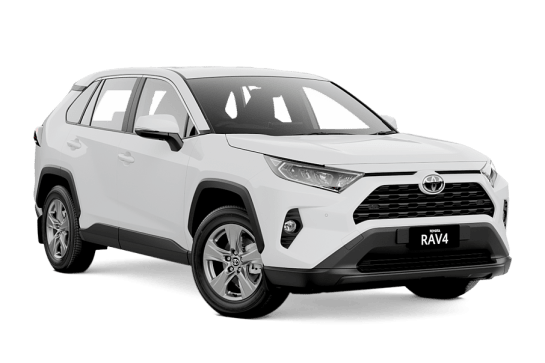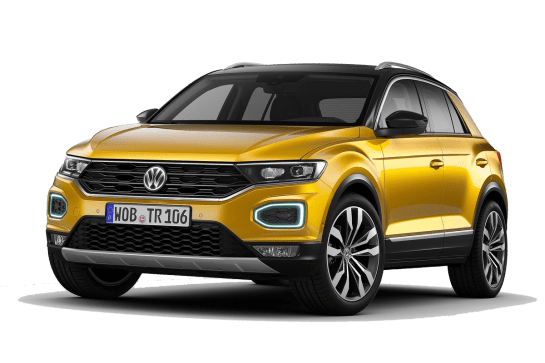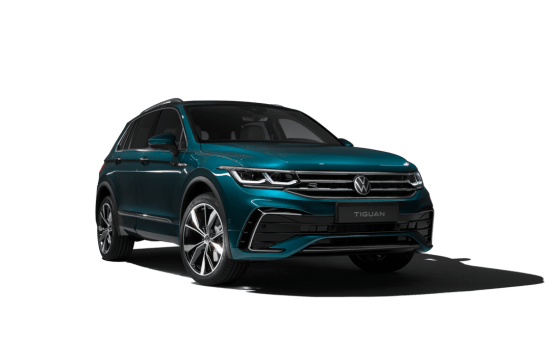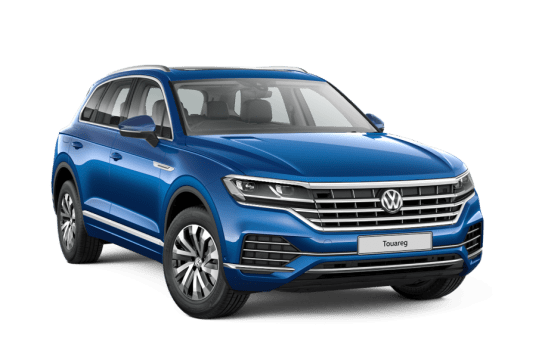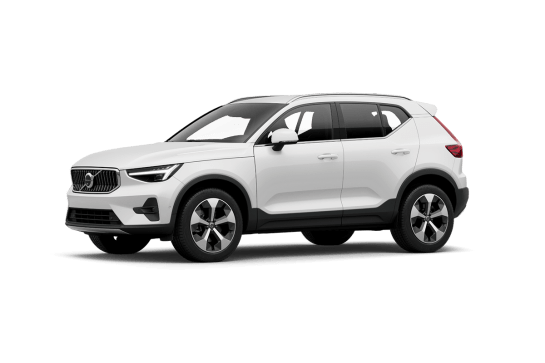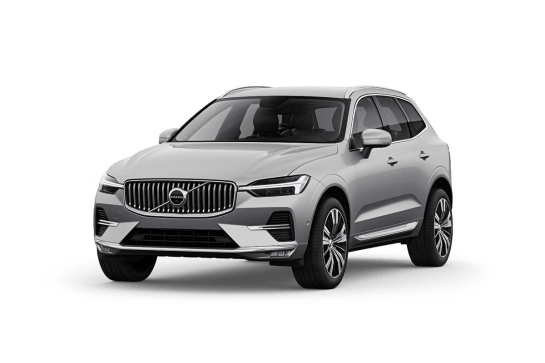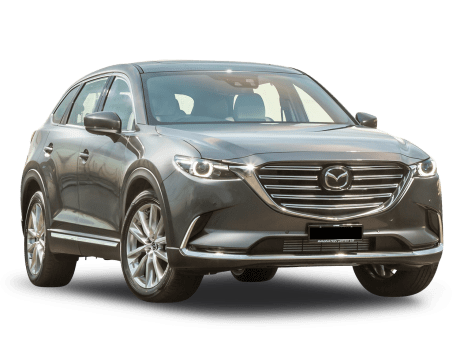
Mazda CX-9 VS Audi Q5
Mazda CX-9
Likes
- New 10.25-inch display
- Seven-seater's versatility
- Comfortable ride
Dislikes
- Expensive AWD option
- Six-seater's compromises
- Older ANCAP safety rating
Audi Q5
Likes
- Sprightly performance
- Still a dynamic winner
- Spacious, well-crafted interior
Dislikes
- Loses cargo space over petrol models
- Cabin starting to date
- Driving range can’t match Lexus
Summary
Mazda CX-9
The second-generation Mazda CX-9 may have been on sale in Australia for nearly five years now, but it remains the second best-selling large SUV using unibody construction (as opposed to old-school, off-road-focused body-on-frame).
That said, it is getting on a bit, so Mazda’s given it an update with a twist for 2021, hoping to inject a little bit more life into its flagship model.
And when we say twist, we mean it. After all, who would’ve thought there’d ever be a six-seat CX-9? Well, we’ve checked it out to see if it’s the version we needed all along. Read on.
| Safety rating | |
|---|---|
| Engine Type | 2.5L turbo |
| Fuel Type | Regular Unleaded Petrol |
| Fuel Efficiency | 8.4L/100km |
| Seating | 7 seats |
Audi Q5
Audi has had a mixed history with plug-in hybrids (PHEV) in Australia. Under its ‘e-tron’ banner it has launched PHEV versions of the previous A3 hatch, and the Q7 SUV, with limited success.
But the German marque believes the time is right to add plug-in power to one of its most popular models - the Q5 mid-size SUV.
With decent driving range and a packed standard features list, Audi is not messing around. But how does it stack up value wise against the already popular BMW X3 and Volvo XC60 PHEVs?
| Safety rating | — |
|---|---|
| Engine Type | — |
| Fuel Type | Electric Hybrid |
| Fuel Efficiency | —L/100km |
| Seating | 5 seats |
Verdict
Mazda CX-98/10
The CX-9 is still a great option for families looking for a large SUV, even if it is starting to show its age as new rivals continue to launch with newer technologies.
That said, the availability of a luxury-focused six-seat configuration (Azami LE AWD) for the first time might be enough to convince some buyers to give it further consideration.
But for others who need the versatility of seven seats, this is still the CX-9 we’ve all come to know and love – but just a little bit better – particularly in its best-selling Azami AWD form.
Audi Q57.9/10
It might be a late return to the PHEV game for Audi, but it’s an impressive one. Everything great about the Q5 remains - dynamically engaging, responsive powertrain - but you get the added benefit of electric power.
This could be the car to prove that plug-in hybrid medium SUVs don’t have to be bland family transport. If the Q5 is anything to go by, going green can be downright fun!
Note: CarsGuide attended this event as a guest of the manufacturer, with travel, accommodation and meals provided.
Design
Mazda CX-99/10
Given its latest update is relatively minor, the CX-9’s exterior largely looks the same as before, which, depending on your point of view, is a very good thing. As far as we’re concerned, it certainly is.
That said, train-spotters will notice some differences, with the GT SP (new), Azami and Azami LE (new) grades getting a refreshed grille that’s slotted and available in two grade-specific finishes unlike the insert their carryover Sport, Touring and GT siblings still have.
And aside from the GT SP, Azami and Azami LE’s new sets of 20-inch alloy wheels (again in grade-specific finishes), the only other exterior change is the Azami and Azami LE’s larger-diameter chrome exhaust tailpipe extensions. Sporty!
Inside, the CX-9 has more changes in store, headlined by the new ‘floating’ 10.25-inch central display all but the Sport and Touring get (they stick with 7.0- and 9.0-inch units respectively).
The new set-up is powered by Mazda’s latest multimedia system, which is certainly an improvement over its predecessor, and a much needed one at that.
Worth noting, touch is not an input method, with the rotary controller on the centre console the only option, which is actually great for safety, so we’re all for it.
The Azami and Azami LE also get new quilted Nappa leather upholstery, which looks and feels great, and adds to the overall high-quality theme.
Otherwise, it’s pretty much business as usual, which is great because the CX-9 has always had a well-designed interior. Yep, if it ain’t broke, don’t fix it.
Audi Q5
The second-generation Q5 has been around for six years, and it was very much an evolution of the original, but it still looks attractive in the metal. You couldn’t call it edgy, but it is handsome.
Both PHEV body styles get the S line exterior package as standard, which adds a unique honeycomb grille, S line bumpers front and rear, Audi Sport wheels and it borrows the rear spoiler from the SQ5.
While many will favour the swoopy Sportback body style, I think the Q5 is at its most arresting in SUV body style, bathed in the gorgeous 'District Green Metallic' paint. Stunning.
Inside, only the Sportback gains the S line interior, which includes a leather three-spoke steering wheel with multifunction, shift paddles and hands-on detection, Nappa leather upholstery with contrast stitching, and aluminium inlays. The SUV seats are leather-appointed.
It’s fair to say Audi’s interiors have modernised since the launch of this Q5 in 2017, but it’s still hard to fault. The multimedia screen jutting out the top of the dash is a little old school these days, but the materials and quality are top notch.
Practicality
Mazda CX-99/10
Being an SUV that’s 5075mm long, 1969mm wide and 1747mm tall, practicality is arguably the most important thing for the CX-9, and with the option of six seats for the first time with the new Azami LE, it’s even more versatile.
All seven-seat grades have a 60/40 split-fold second row that manually slides and reclines the same as before, with only the Sport missing out on one-touch tumble operation, which makes accessing the 50/50 split-fold third row even easier, even if it’s still not graceful.
But the six-seat Azami LE is configured differently, given its second row has two captain’s chairs instead of a bench. That said, it operates in a very similar manner, just with power adjustment.
I still had around eight centimetres of legroom and four of legroom behind my 184cm (6'0") driving position, while the large transmission tunnel that’s a foot-space issue in seven-seat versions... isn’t.
One key difference with the very roomy and comfortable Azami LE is it only has four top-tether child-seat anchorage points, while all other grades have five thanks to their extra seat. Either way, four ISOFIX child-set anchorage points are split across the second and third rows.
Alternatively, the third row can be used by adults on shorter journeys, although they won’t have a lot of space to enjoy. Again, I'm 184cm tall and it’s tight back there, with no headroom or legroom on offer, but children will, of course, fare much better.
The CX-9’s boot is still pretty usable with all three rows in action, with 230L of cargo capacity available, but you can stow the two rear seats to get 810L in total.
And if you want maximum cargo capacity, the middle seats can also be folded, but not in the Azami LE, annoyingly.
Either way, the CX-9 doesn’t have a load lip but does have a flat floor, so loading bulkier items is a cinch, while two bag hooks and four tie-down points are on hand for securing loose items if they can’t fit in the double map pockets on the front seat backrests.
There are two cupholders in the third row, another two in the second row’s fold-down armrest (seven-seater versions) or large centre console (Azami LE), and another two in the first row’s larger centre console, while the front and rear door bins can also take bottles – and other knick-knacks.
All grades get USB ports in the first row, while the Touring and above also have them in the second row, and the GT and above also feature them in the third row. It’d be nice if there was no differentiation, though.
Audi Q5
As - predominantly - a family hauler, the Q5 has always done well in the practicality stakes. And adding a plug-in hybrid powertrain hasn’t changed that. Although you do lose some boot space compared with the petrol models - but more on that in a bit.
Up front, the Q5 has plenty of nooks and storage slots in the console, including a longer shallow slot to hold phones. The central bin is deep enough and the door bins can swallow big bottles and more. Housing the phone charger on the top of another storage spot in the console works as it can be hidden by the larger storage lid for security.
As the Q5 is older than some of Audi’s fresher models, there are physical buttons for things like air conditioning, seat heaters, and controls for drive modes and other vehicle functions.
It might not look as schmick as having a screen to house everything, but from a practicality and safety perspective, it’s welcome.
This approach also extends to the multimedia system which is fairly simple to navigate with a logical menu. Audi’s system gets a tick, as does the digital cockpit - something the brand pioneered.
While the leather appointed seats in the SUV are nice, the quilted Nappa leather seats in the Sportback are much more luxurious. And the ‘Rotor Grey’ colour scheme is simply beautiful. They offer more than enough support in the front row and they are comfy without being super plush.
There’s ample leg and headroom in the front row.
That is the same for the second row. So much headroom even with a panoramic sunroof. And behind my 183cm (six foot) driving position, there was room to spare in front of my knees. It’s such a good size.
Also, the rear seats have some bucketing so passengers will feel a little spoiled. There’s also knee-level air vents, map pockets, two USBs and a 12-volt port, a fold-down armrest with cupholders and ISOFIX points on the outboard seats.
The rear row folds 60/40 and there’s decent room in the boot, which has a power operated tailgate.
Given some of the PHEV hardware sits directly under the boot floor, it’s little surprise that the SUV version (465 litres) loses 55L of space compared with the petrol-powered 45 TFSI.
Similarly, the Sportback (455L) drops by 45L. Also, despite the swoopy roofline, the Sportback only loses 10L of cargo space compared with the more practical looking SUV.
Those PHEV bits also mean there is no spare wheel - only a tyre repair kit.
Price and features
Mazda CX-98/10
The CX-9 has become more expensive, with some grades up a little, while others are up a lot. The range now starts from $45,990, plus on-road costs, and reaches $73,875 (see pricing table below), but there is more standard equipment now.
Either way, two new grades have joined the now-comprehensive CX-9 line-up, bringing the total to six, with the new GT SP slotting in above the mid-range GT but below the previously flagship Azami, which is now bettered by the new Azami LE.
The entry-level Sport and Touring round out the line-up, with each grade coming with front-wheel drive as standard, although all-wheel drive is an expensive $4000 option for all but the Azami that instead asks for a $4435 premium, and the Azami LE which gets it as standard.
Features-wise, the Sport gets dusk-sensing LED headlights, rain-sensing wipers, 18-inch alloy wheels, push-button start, a 7.0-inch central display, satellite navigation, Apple CarPlay and Android Auto support, digital radio, a six-speaker sound system, a head-up display, three-zone climate control and black cloth upholstery.
While the Touring has the same 18-inch alloy wheels, it steps up with keyless entry, a 9.0-inch central display, paddle-shifters (new), power-adjustable front seats with heating, and black leather upholstery.
The GT goes even further with 20-inch alloy wheels, a hands-free power-operated tailgate, a sunroof, the aforementioned 10.25-inch central display (new), a 12-speaker Bose sound system, a wireless smartphone charger (new) and heated outboard middle seats.
As its name suggests, the new GT SP is the sportier version of the GT, adding a unique black finish to its 20-inch alloy wheels and side-mirror caps as well as burgundy leather upholstery and red stitching for just $500 more.
Meanwhile, the Azami has 20-inch alloy wheels with a bright finish (new) as well as adaptive LED headlights, LED daytime running lights, a 7.0-inch multifunction display, a heated steering wheel and 'Pure White' or 'Walnut Brown' quilted Nappa leather upholstery (new).
And finally, the new Azami LE mimics the Azami but replaces its middle bench with two power-adjustable captain’s chairs with heating and cooling plus a dedicated centre console, so six seats in total instead of the usual seven.
Also of note, the CX-9 has a new metallic paintwork option: 'Polymetal Grey', which helps it stand out from the crowd.
For reference, the CX-9’s rivals include the soon-to-be-replaced Toyota Kluger ($44,850 to $68,574) and the recently launched facelifted Hyundai Santa Fe ($43,990 to $61,660) and new-generation Kia Sorento ($45,850 to $63,070).
2021 Mazda CX-9 pricing before on-road costs
| Sport FWD | automatic | $45,990 (+$70) |
| Sport AWD | automatic | $49,990 (+$70) |
| Touring FWD | automatic | $53,490 (+$180) |
| Touring AWD | automatic | $57,490 (+$180) |
| GT FWD | automatic | $62,990 (+$1270) |
| GT AWD | automatic | $66,990 (+$1270) |
| GT SP FWD | automatic | $63,490 (NEW) |
| GT SP AWD | automatic | $67,490 (NEW) |
| Azami FWD | automatic | $66,190 (+$1297) |
| Azami AWD | automatic | $70,625 (+$1686) |
| Azami LE | automatic | $73,875 (NEW) |
Audi Q5
Dipping its toe back in the plug-in hybrid market, Audi is keen to appeal to buyers looking to reduce their carbon footprint, but also to driving enthusiasts requiring a bit of zing with their environmental credentials.
That’s where the Q5 55 TFSI e quattro comes in. Audi Australia had the option of introducing a less performance focused Q5 PHEV grade, but opted instead for the higher output model.
Audi sees this as the SQ5 you buy when you want to save the planet. And the 0-100km/h sprint time of 5.3 seconds suggests it’s pretty close.
Pricing for the 55 TFSI e quattro starts at $102,900, before on-road costs, for the SUV body style.
Opting for the Sportback carries a $7300 premium, making the price $110,200. But you get some more gear in the Sportback over the SUV, including the S-line interior package, and Matrix LED headlights with dynamic front and rear indicators.
Other equipment standard on both grades includes a panoramic sunroof, hands-free power tailgate, ambient lighting (with 30 colours), keyless entry and start, front leather-appointed seats with heating and power adjustment, three-zone climate control, a 10.1-inch multimedia touchscreen with wireless Apple CarPlay and Android Auto, digital radio, 10-speaker audio, auto-dimming interior mirror and 20-inch Audi Sport alloy wheels.
You can opt for different 20-inch wheels or 21-inch hoops as well.
The 'Technik' option pack costs $4900 for the SUV and $4700 for the Sportback and adds a head-up display, a more premium Bang & Olufsen audio system, and high-tech head or tail-lights, depending on the body style.
All in all it’s a healthy standard features list. I’ve said it before recently, but it’s worth repeating - it’s good to see premium brands including more standard features in their models, rather than making everything an option.
That said, maybe heated rear seats (as well as the standard front seats) might have been a nice addition.
So, how does the Q5 compare with its PHEV counterparts? Its most obvious rival is the BMW X3 xDrive30e which is more expensive at $111,800.
Then there’s the Range Rover Evoque R Dynamic HSE ($104,310) and Volvo XC60 Recharge ($101,990), which line up closely with the Audi, while the Lexus NX450h+ undercuts them all ($91,423).
Under the bonnet
Mazda CX-97/10
All CX-9 grades are powered by a carryover 2.5-litre turbo-petrol four-cylinder engine, which produces 170kW of power at 5000rpm and 420Nm of torque at 2000rpm.
A six-speed torque-converter automatic transmission is standard, and again, you get the option of front- or all-wheel drive for all grades but one, the AWD-only Azami LE.
If you’re after a diesel-powered seven-seater, Mazda also has the similarly sized CX-8 in its line-up, but it still doesn’t offer a hybrid option in any of its SUVs, even though many rivals are moving in that direction, including the aforementioned Kluger, Santa Fe and Sorento.
Audi Q5
The Q5 pairs a 2.0-litre four-cylinder turbo-petrol engine - found in many VW Group products - with a plug-in hybrid set-up that includes a lithium-ion battery pack and an electric motor.
The total system output is 270kW of power and 500Nm of torque, which is impressive. In fact, it has more power - but a little less torque - than the SQ5 performance flagship.
It drives all four wheels thanks to Audi’s quattro all-wheel drive system, and does that via a seven-speed dual-clutch automatic.
Efficiency
Mazda CX-97/10
According to the official combined fuel consumption figures (ADR 81/02), FWD variants of the CX-9 sip 8.4 litres per 100km, which isn’t too bad for a petrol-powered large SUV that weighs just shy of 1900kg. Claimed carbon dioxide (CO2) emissions are 197 grams per km.
And given they weigh a whisker more than two tonnes, AWD versions of the CX-9s drink a slightly higher 9.0L/100km and emit 211g/km.
We covered 188km in the Azami AWD and Azami LE AWD at the CX-9’s launch and recorded 11.5L/100km after primarily driving on country roads and highways.
While that figure is nearly 30 per cent higher than Mazda's claim, it’s not outlandish considering the type of vehicle the CX-9 is. Either way, results will vary.
For reference, AWD variants have a slightly large fuel tank (74L) than their FWD counterparts (72L), but they all take more affordable 91RON petrol at minimum.
Audi Q5
The PHEV’s battery capacity is 17.9kWh and that ensures the Q5 has an electric driving range of up to 55 kilometres on the WLTP protocol.
Audi says the average daily commute of an Australian is 35km, so technically many people could get to work and back using electric power only.
It might not sound like a huge amount, but it’s more than the 41km offered by the BMW X3, although it doesn’t come near the Lexus NX’s 87km claim.
Energy consumption is rated at 23.9kWh/100km, and the official fuel consumption figure for the Q5 is 2.0 litres per 100km - bettering the X3’s 3.2L/100km figure but not as frugal as the Lexus (1.3L).
It has a 54-litre fuel tank and emits 45 grams per kilometre of CO2.
The Q5 PHEV has a Type 2 plug and comes with a charger to add more juice at home.
It has an AC charging capacity of 7.2kW and it will take two and a half hours to fully charge using a home wallbox charger. You can also plug it into a regular wall socket at home and it’ll be charged up in about eight hours, or overnight. It's not capable of DC charging.
Driving
Mazda CX-98/10
As far as large SUVs go, the CX-9 is one of the better ones to drive. It’s certainly not confused; it knows what it needs to do and does it well.
The engine is properly punchy down low, serving up plenty of initial torque, so much so that you rarely need to chase its top-end power. In that way, it’s very diesel-like, despite being petrol. Needless to say, acceleration is surprisingly brisk. Not bad, then!
And the transmission it’s matched to also does its job well. Gear changes are pleasingly smooth, if not quick, while it's receptive to heavy applications of the accelerator, kicking down a ratio or two with little hesitation. Yep, don’t bother with its Sport mode.
The CX-9 also rides pretty well thanks to its independent suspension set-up, which consists of MacPherson-strut front and multi-link rear axles with passive dampers. Indeed, the kids aren’t going to be upset when they’re onboard.
Again, we mainly drove on country roads and highways, but it proved to be comfortable, particularly at high speed. And even during those rare, in-town, low-speed moments, it still impressed, on lower-quality roads or not.
And while the CX-9’s electric power steering is well-weighted, some buyers might be left wishing it was a tad lighter, especially when parking, but that’s more about personal preference than anything else.
What is more universal, though, is the system’s lack of feel. Obviously, we’re not dealing with a sports car here, but a little communication through the wheel wouldn’t go astray, particularly on a twisty road.
Speaking of which, the CX-9 handles its mass pretty confidently around a corner. That said, while it is relatively tied down, it still regularly exhibits a fair degree of body roll to remind you that you’re dealing with a large SUV.
Audi Q5
The Q5 has always been the driver’s pick among its peers - specifically the BMW X3 and Mercedes-Benz GLC. You could argue a Porsche Macan is more engaging and you’d probably be right. But of those immediate German rivals, the Q5 takes the cake.
Adding a PHEV powertrain and the circa-300kg of extra weight that brings should impact dynamics - but somehow, it doesn’t.
First of all, the Q5 PHEV can do the 0-100km/h dash in just 5.3 seconds which is hot hatch territory.
But the really impressive thing about this Q5 is how well it handles, despite that extra weight. The battery pack is housed under the boot floor, and Audi engineers have done a bang up job in ensuring it retains that dynamic prowess it's known for.
We drove on some delightfully twisty roads in the Gold Coast hinterland for this launch event, and the Q5 didn’t miss a beat.
It maintained composure when pushed into tight corners, and had plenty of grip. And the electric urge coming out of those corners - providing you have battery charge left - only helps the experience.
Typically sharp Audi steering is indeed present and welcome.
Riding on 20-inch Audi Sport alloy wheels, and with a sporty bent, you’d think the ride quality would be impacted. But that was another pleasant surprise.
The Q5 soaks up corrugations with the standard suspension set-up, and the tyres have a decent sidewall. So no unpleasant sharp bumps detected.
The cabin is reasonably well insulated from most outside intrusion as well.
Safety
Mazda CX-98/10
ANCAP awarded the CX-9 its maximum five-star safety rating in 2016, and despite the test occurring nearly five years ago, its results still stand.
Needless to say, the game has moved on, with the Santa Fe and Sorento recently resetting the standard, while the Kluger is soon to follow suit.
The CX-9 does, however, get front and side airbags as well as curtain airbags that cover all three rows, whereas the Santa Fe and Sorento only cover the first and second rows.
All grades of the CX-9 also get front and rear autonomous emergency braking, lane-keep assist, blind-spot monitoring, rear cross-traffic alert, adaptive cruise control with stop and go functionality, traffic sign recognition, high-beam assist and driver attention alert.
A reversing camera and rear parking sensors are also standard in all grades, but the Touring and above add front parking sensors, while the Azami and Azami LE also get surround-view cameras.
Audi Q5
The Q5 plug-in counts an impressive level of safety gear, including eight airbags in total, although that does not include a front centre airbag.
It comes with the usual suite of driver aids, including Audi’s ‘pre-sense city’ system that activates emergency braking at speeds up to 85km/h, ‘pre-sense front’ emergency braking up to the Q5’s maximum speed, as well as attention assist, an active bonnet, a tyre pressure monitor, and hill descent control.
It also features adaptive cruise control, lane keep assist, blind spot monitor, safe exit assist, cross traffic alert and a 360-degree camera with an excellent display.
While the rest of the Q5 range is covered by a five-star ANCAP safety rating dating back to 2017, the Q5 plug-in hybrid remains unrated for now.
Ownership
Mazda CX-98/10
As with all Mazda models, the CX-9 comes with a five-year/unlimited-kilometre warranty with five years of roadside assistance, both of which are average when compared to Kia’s market-leading seven-year terms with ‘no strings attached’.
Service intervals are 12 months or 10,000km, with the distance on the shorter side, although capped-price servicing is available for the first five visits, costing $2022 in total at the time of the writing, which is very reasonable.
Audi Q5
The Q5 comes with Audi’s five-year/unlimited kilometre warranty. This was an increase on its previous term that Audi announced at the start of 2022. The PHEV is also covered by an eight-year/160,00km battery warranty.
Service intervals are every 12 months or 15,000km, whichever comes first, and Audi offers a capped-price service plan for five years that costs about $3500 all up. That’s a little pricer than BMW and Volvo’s plan.



